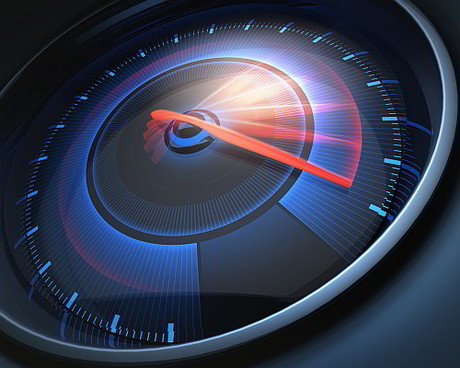7% of nbn users get less than half max speed

Around 7% of nbn end users are still getting less than half of their maximum advertised broadband speeds, according to the ACCC’s second Measuring Broadband Australia report.
The report found that while there have been some improvements over the first edition of the report, an “important number” of customers are still receiving poor service.
Across the six providers monitored for the report — Aussie Broadband, iiNet, MyRepublic, Optus, Telstra and TPG — 70% of all tests achieved download speeds of above 90% of maximum plan speeds.
This is in line with the results from the first report, although some providers who had been lagging behind the competition, such as Optus, demonstrated improvements during the second study.
The results also show that there is little degradation of speed during the peak 7.00pm to 11.pm period, with most providers recording only a 1% difference.
But there is a significant disparity across the providers, with average busy hour peak speeds ranging from 74.4% for newcomer MyRepublic to 88.3% for Aussie Broadband, the highest performer during the monitoring period.
TPG customers recorded average speeds of 85.6% of advertised plan speeds, compared to 83.4% for iiNet, 83.3% for Optus and 79.9% for Telstra.
These averages would be improved by between 1.5 and 9.4 percentage points depending on the provider if underperforming services — those that never achieve speeds approaching maximum plan speeds — were taken out of the mix.
“Whilst we are pleased to see that most customers are able to get fast, reliable broadband services even during busy hours, we must focus our attention on those who do not have this experience,” ACCC Chair Rod Sims said.
“We urge providers to help customers obtain the full speeds associated with the plans they are acquiring. We also expect ISPs to inform customers of the speeds achievable on their network connections, and better match the plans they offer to those speeds. The recent court enforceable undertakings accepted by the ACCC will help with this.”
Through the undertakings major nbn retail service providers agreed to compensate customers who had been sold broadband speed plans their infrastructure was incapable of providing.
The ACCC measured the performance of nbn 25 Mbps, 50 Mbps and 100 Mbps tier plans for the report. Monitoring took place in May. By way of comparison, the average ADSL download speed recorded during busy hours for the month was 6.7 Mbps.
Please follow us and share on Twitter and Facebook. You can also subscribe for FREE to our weekly newsletter and quarterly magazine.
Australian businesses face connectivity challenges: report
A report commissioned by Ericsson finds that Australian businesses face connectivity challenges...
CommScope launches new fibre termination platform
The CommScope XPND fibre termination panel platform is designed to enable easier, more...
Ruckus launches AI-driven network solutions
CommScope subsidiary Ruckus Networks has unveiled a host of new AI-driven networking solutions,...



